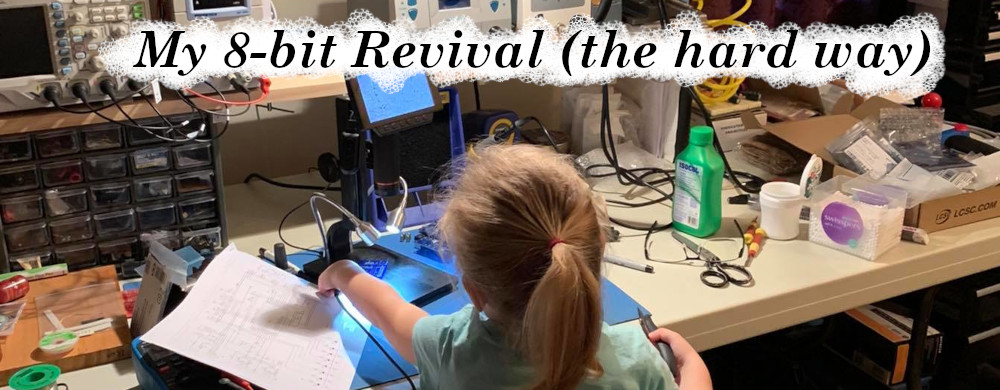For a basic demonstration we will write a small piece of code to demonstrate the CPLD Dev board is working. This code will use a single switch to turn on and off some LEDs.
Create a Quartus project
Start up Quartus 13.1 on your computer and we will create a new project from scratch.
- File => New Project Wizard
- Enter the project details and Next>
| Working Directory | C:\altera\projects\swtichled_cpld |
| Project Name | switchLed |
| Top-level Entity | switchLed |
- Click Yes
- Click Next>
- Enter the following Details and Click Finish
| Family | 7000s |
| Package | PLCC |
| Pin count | 44 |
| Available Devices | EPM7064SLC44-5 |
- Open the pin planner
- Setup the following pins with "node name" and "location"
- Create the top level Design file, Click OK, Click OK and then close the pin planner
- Double click to open the switchLed Entity
- Replace the file contents with this! and save it
| `timescale 1ns/1ps module switchLed ( output led1, led2, input switch1 ); assign led1 = switch1; assign led2 = !switch1; endmodule |
- Compile the code by double clicking on Assembler
- You should end up with two warnings, but it will be successful.
- You should now have a .pof file in the output directory.
Create the Jed file using POF2JED
- Startup POF2JED and enter these details and click "Run"
| Input File | C:\altera\projects\swtichled_cpld\output_files\switchLed.pof |
| Device | 1504AS |
| Output File | C:\altera\projects\swtichled_cpld\output_files\switchLed.jed |
Program the CPLD using ATMISP v7.3
- Attach the ATDH1150USK-K programmer to the Dev board and your computer
- Startup ATMISP v7.3 and Click on Edit => Add New Device and Click OK
- Enter the following details and Click OK
| Device Name | ATF1504AS |
| JTAG Instruction | Program/Verify |
| JEDEC File | C:\altera\projects\swtichled_cpld\output_files\switchLed.jed |
- Now click Run
- It should finish with success, time to move on to the next step




